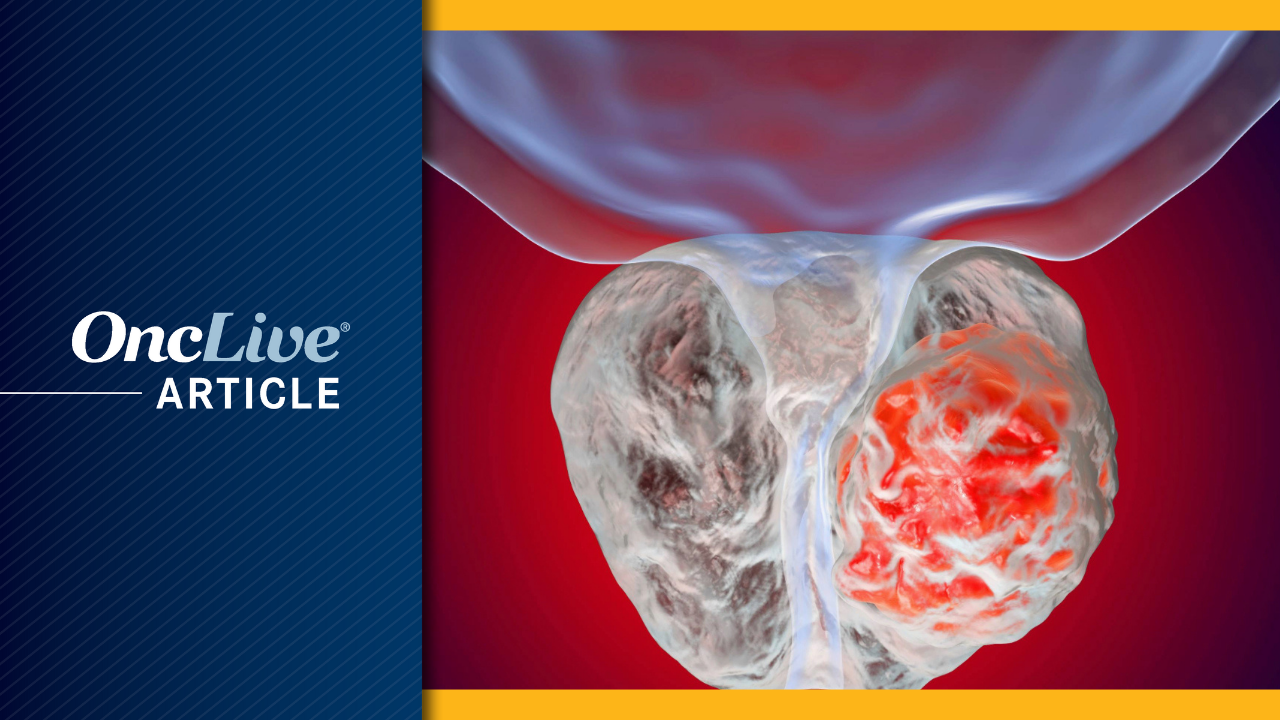Germany’s Interior Ministry has confirmed that 141 Afghan refugees have been transferred to the country on a charter flight from Pakistan.
According to Deutsche Welle, the aircraft carrying the refugees departed from Islamabad on Monday…

Germany’s Interior Ministry has confirmed that 141 Afghan refugees have been transferred to the country on a charter flight from Pakistan.
According to Deutsche Welle, the aircraft carrying the refugees departed from Islamabad on Monday…
The International Finance Corporation (IFC), Standard Chartered Bank Pakistan, and Engro Fertilizers have collaborated on a financing arrangement designed to mobilize long-term local lending for Pakistan’s agriculture sector.
The deal involves an unfunded partial credit guarantee of up to PKR 33.6 billion from IFC, which reduces credit risk for Standard Chartered as it provides long-tenor rupee financing to Engro. This innovative mechanism aims to lower borrowing costs for Engro, which will use the funds for capital expenditures, including plant maintenance, and ensure stability in urea supply during peak agricultural demand.
The arrangement is significant as it marks IFC’s first local-currency investment in Pakistan, allowing Engro to secure long-term financing without the need for foreign-currency debt, a key benefit given the current volatility in exchange rates and external financing conditions. The financing structure is also supported by the IFC-Canada Facility for Resilient Food Systems, which absorbs initial risk, making the arrangement more attractive to commercial lenders.
While the deal does not address broader structural issues in Pakistan’s agriculture, such as inefficient logistics or low productivity, it demonstrates the potential of risk-sharing tools to attract domestic capital for long-term infrastructure investment. Market analysts expect similar financing models to become more common as local-currency financing gains favor over foreign debt in the current macroeconomic climate.

Andrew Mountbatten-Windsor is understood to have voluntarily surrendered his gun licence after a visit from the Metropolitan Police.
Officers attended the former prince’s Royal Lodge residence in Windsor last month, ahead of his expected house…

A large Swedish study reported a lower risk of dementia among middle-aged and older adults who consumed higher amounts of full-fat cheese and cream. The findings may sound like welcome news but they need careful interpretation.
The study…

A landmark film in Russian cinema, Sergei Eisenstein’s The Battleship Potemkin may have first been shown in Moscow on December 24 1925, but its enduring appeal and relevance are evident in the many homages paid by film-makers in the…

Stuck in front of our screens all day, we often ignore our senses beyond sound and vision. And yet they are always at work. When we’re more alert we feel the rough and smooth surfaces of objects, the stiffness in our shoulders, the…

In 2025, there was a lot of excellent art and culture to rave about.
Anora, a film about a sex worker who gets caught up in the world of a Russian oligarch’s son, won best picture at the Oscars. Nnena Kalu was the first disabled artist to…

A polygenic risk score (PRS) using germline DNA extracted from saliva identified a higher proportion of individuals with clinically significant prostate cancer warranting treatment compared with prostate-specific antigen (PSA) testing or MRI,…

In this week’s installment of our holiday event guide, we’re highlighting just a few of the many light displays in our area.
Even though this is a popular week to view Christmas lights, I would like to…

THE COVID-19 vaccination offers protective maternal and newborn health benefits for patients who develop SARS-CoV-2 infection in pregnancy, a population-based surveillance study has found. Being vaccinated against COVID-19 was associated with…